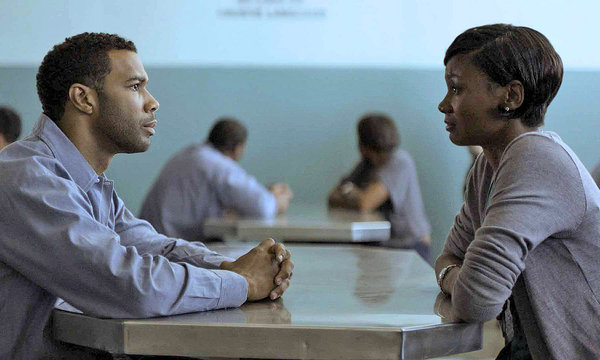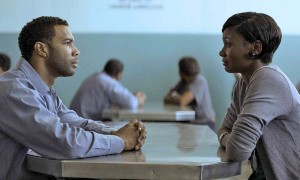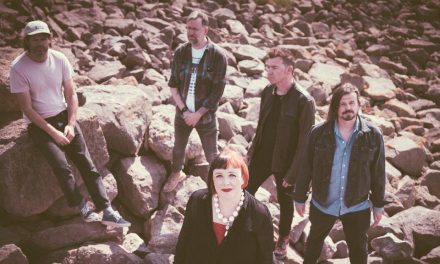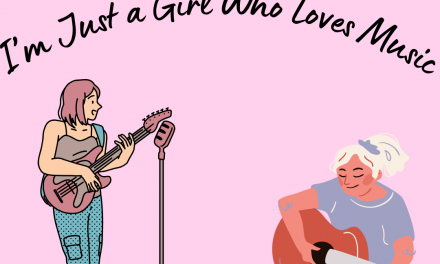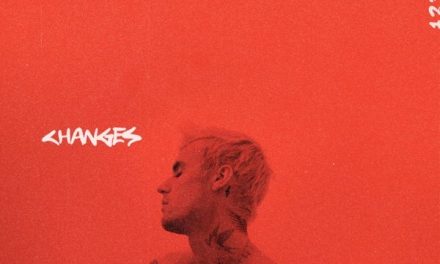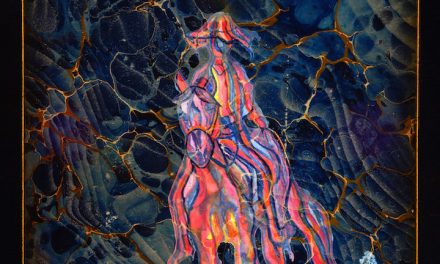During the third act of “Middle of Nowhere,” the protagonist writes, “The past has disappeared. And the future, it doesn’t exist until we get there.” Rich, effective writing like this fills Middle of Nowhere. The film and its director, Ava DuVernay, have been subjects of media attention during the last year to the extent that the story behind the film has sometimes overshadowed the film itself. The film’s journey to the screen is fascinating, but it’s worth noting that “Middle of Nowhere” stands on its own as a confident, incisive piece of filmmaking.
DuVernay’s screenplay follows Ruby, a Los Angeles woman whose life and career as a medical student has been in a prolonged state of flux as her husband has spent the last four years in prison. Ruby continues to visit her husband regularly, ever hopeful for early parole in spite of his complacent attitude. As the film unfolds, Ruby struggles to move forward with her husband as the rest of her world sees her simply standing still. Questions of family and obligation are raised as Ruby finds solace in another man’s company.
Ruby’s life in Compton is given a specific sense of place thanks in part to cinematography by Bradford Young, who also shot the beautiful “Pariah.” This is a world of muted blues and greens that are often absent from other depictions of south L.A., as Emayatzy Corinealdi’s soft features are often bathed in bokeh from street lamps and distant traffic, giving full power to her large, expressive eyes to tell her story. DuVernay’s direction is understated and intentional. Each shot quietly, often wordlessly, reveals part of a character’s journey.
“Middle of Nowhere” premiered at Sundance in 2012, where DuVernay won the Best Director award. The film carries an air of being decidedly Sundance-friendly in tone, but it manages to sidestep the pitfalls of other lesser independent character studies. DuVernay’s sensitive dialogue and thoughtful narrative structure deftly avoids melodrama despite the film’s heavy subject matter. Each exchange and every moment feel like an organic extension of these characters. This allows Ruby to develop in ways both naturalistic and arresting.
As Toni Morrison said, “If there’s a book you really want to read but it hasn’t been written yet, then you must write it.” One of the admirable things about “Middle of Nowhere” is that it explores characters and subject matters that are genuinely un-traversed. This is a movie that’s never been made before. DuVernay gives voice to women of color in L.A. whose significant others are behind bars. Her intentionality in telling the story of this oft-overlooked group of people opens up the possibility for more specific, yet universal stories.
DuVernay is forging ahead to a future where spaces are crafted for stories from disenfranchised people. She is a co-founder of AFFRM, the African-American Film Festival Releasing Movement, a distribution company that put “Middle of Nowhere” in theaters around the country. As an aspiring storyteller, I’ve relished DuVernay’s statements about the need for films made not just by filmmakers of color, but also by every other intersecting minority group that is too often left out of mainstream film. Like Ruby’s future, DuVernay’s goal of diverse, inclusive cinema may not exist until we get there. However, with films like “Middle of Nowhere,” the future for minority filmmakers looks hopeful.

